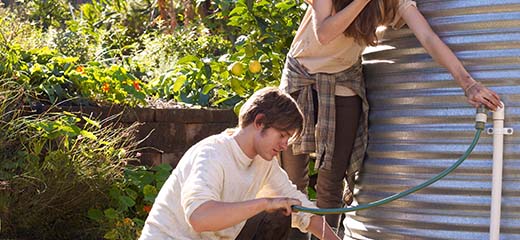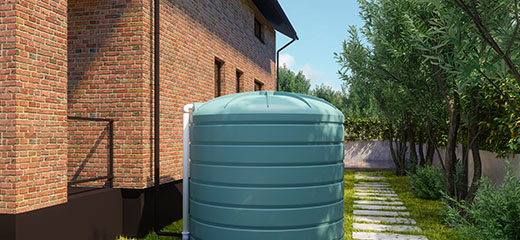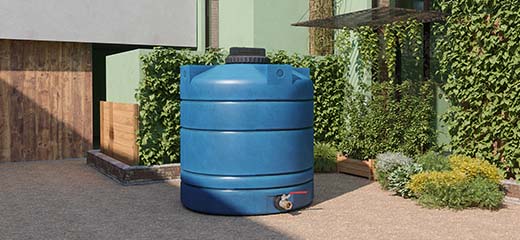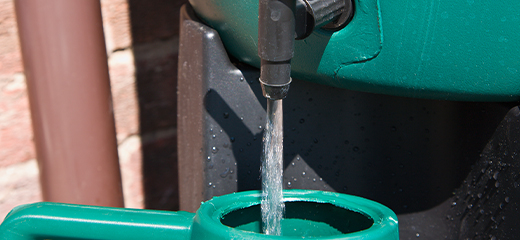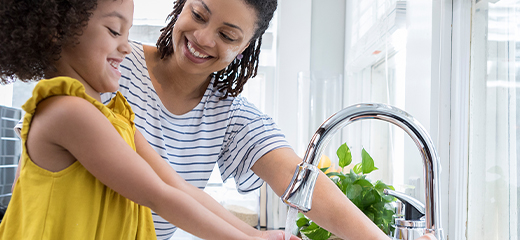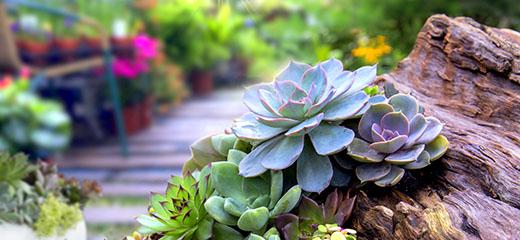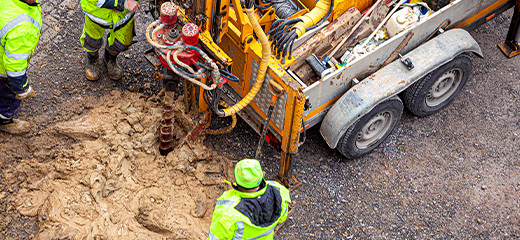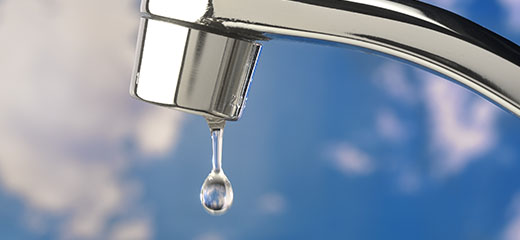
Water crisis: Prepare for worse
South Africa’s water crisis is set to worsen as infrastructure problems and higher stages of loadshedding are aggravated by changing weather patterns. This means that households will need to pay close attention to the quality and security of their home’s water supply.
According to an update from the United Nation’s World Meteorological Organization, El Niño weather patterns are set to return mid-2023, strengthening as the year progresses. Locally, El Niño is often associated with increased heat and drought. Notably, the WMO says the coming El Niño will most likely lead to a new spike in global heating and increase the chances of record-breaking temperatures around the world.
It's worth noting that South Africa has just experienced a 4 year period of mild weather and good rainfall in many parts of the country. Nevertheless, households have still had to deal with water restrictions and interruptions. The cause of this is complex, says climate change and energy expert Nick Hedley.
“South Africa has not invested in water infrastructure such as dams, purification works and recycling, just like we failed to prepare and invest ahead for electricity infrastructure before the power crisis started in 2007. Our existing infrastructure has also not been properly maintained, meaning we lose a massive amount of water to leaks. Loadshedding, of course, has made the whole situation worse as we need power to treat and pump water to where it's needed,” he explains.
Preparing your home for water security
The combination of water challenges, increasing levels of loadshedding and El Niño is certain to have a hard knock on households and not just because of food security either.
As we have seen with power shortages, the first call for changes go to households to reduce their consumption. At the same time, reduced rainfall and increased heat levels are also going to see the demand for water within homes climb.
For households this means that taking steps to protect their water security should happen sooner rather than later. These steps should cover 3 main areas:
- Reduce demand: One of the most important things that will be asked of households is to cut water consumption. And if Cape Town’s Day Zero experience is anything to go by, you could face fines if you don’t comply. Now is the time to consider how efficiently you use water in your home, changing your taps and fixtures to low-flow selections and, if you can, upgrading appliances like washing machines to more eco-friendly options. If you’re an avid gardener, you’ll want to consider rejuvenating your outdoor environment with plants and lawn substitutes that are both waterwise and drought resistant.
- Backup water supply: Water storage tanks are a great idea for ensuring your family makes best use of available resources and has access to water during interruptions. For reducing your reliance on municipal water supply during restrictions, rainwater, grey water and pool backwash tanks can do a great job of cutting your monthly consumption. Municipal backup tanks, on the other hand, store water for use during interruptions and water shedding.
- Water safety: South Africa’s water crisis has extended to water quality with cholera outbreaks in Gauteng and the Free State representing warnings that cannot be ignored. If you’re not keen on adding bottled water to your monthly costs, investing in a high-quality water filtration device can put your mind at ease that your family’s drinking and cooking water is safe. Alternatively, make sure to boil water before consumption or use in the preparation of food.
LookSee has a range of bank-vetted products and services to meet your needs.
